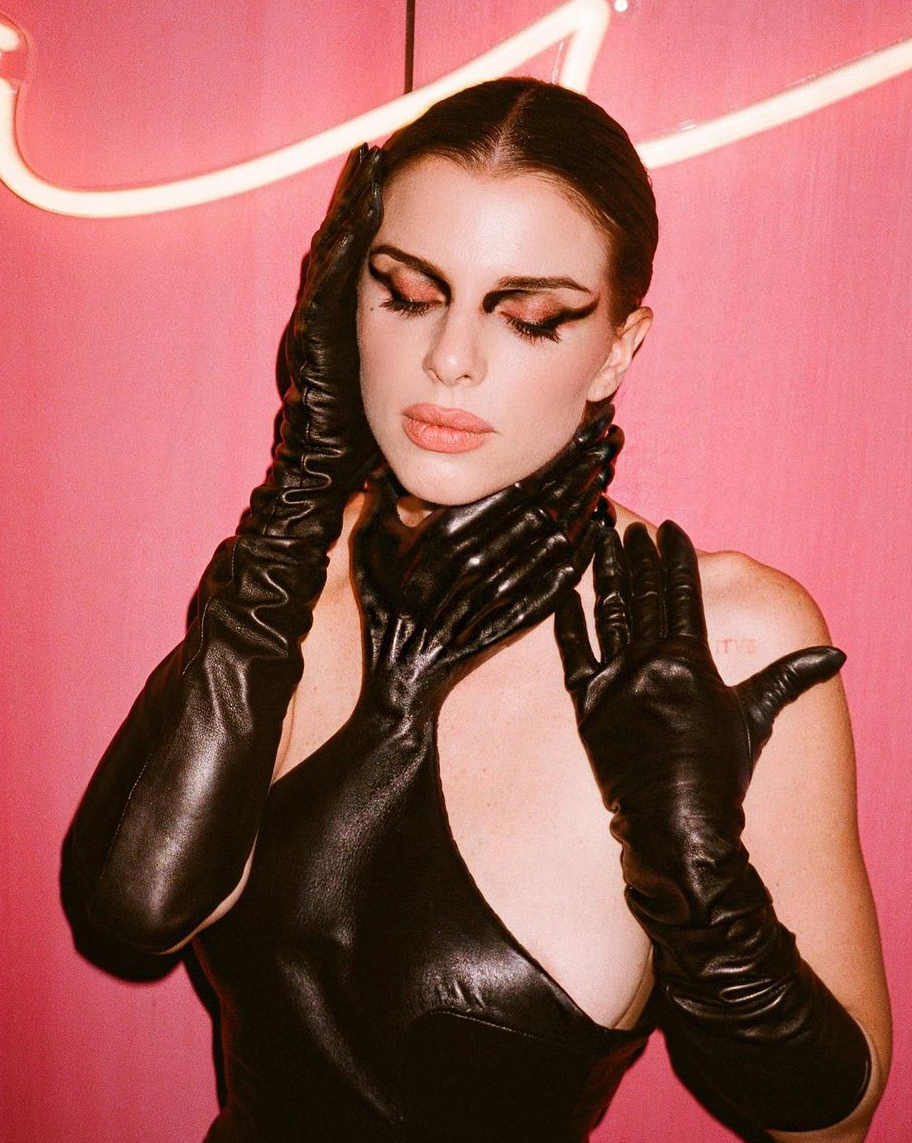The Core of Fetishcore
The Core of Fetishcore
Bondage is back, but the trend has a surprising history
May 2022
2022 has been a year of the new in fashion. With the rise of NFTs and digital clothing it seems like everybody is on the hunt for something new, something never before seen that will catapult today’s fashion industry into the future. But one rising trend — dubbed “fetishcore” by Tiktok’s fashion community looks not to the future but instead echoes a historic struggle, and has its roots in surprising places.
Worn recently by ex-dominatrix and budding it-girl Julia Fox, Gossip Girl star Evan Mock and music artist Dua Lipa the trend has the celeb seal of approval. But as we approach 2022’s Pride month, it is important to highlight those who paved the way for this freedom in modern fashion.
Fetish-wear is provocative by nature — after all, it is a term used to describe the leather or latex bondage-style clothing that would traditionally be limited to the bedroom. But, as Vogue reported over 20 years ago, the allure of the inappropriate or perverse has inspired designers’ collections throughout history. Designers from Gianni Versace to Vivienne Westwood and Martin Margiela have been controversially sending harnesses, rubber, chokers and whips down the runway for decades. But what the media has often criticised as over-sexualisation or looking for a reaction actually has a far deeper and largely uncredited history.
Fetishcore actually has heavy ties with sexual liberation movements that were beginning to emerge throughout the 1960s and 1970s. Following the 1969 Stonewall riots and the subsequent creation of Pride as a protest, individuals that were part of previously underground LGBTQ+ communities and sex workers began to publicly protest against the mistreatment and brutality they were experiencing at the hands of the police.
“Sirens” - a group of lesbian bikers, New York, 1992
Getty Images
The Pride protests became a place where people could be open and honest about their sexuality. Wearing something as openly provocative as fetish and bondage clothing in an everyday setting was a way of being completely unapologetic about what many people would consider the darker or more shameful sides of ourselves.
Andrew Groves is the curator of the exhibition Undercover, which took place at the Westminster Menswear Archives, and which focused on mask wearing in the UK. He told The Guardian that the re-emergence of fetish fashion is a reaction to lockdown and the restrictions it brought: “Adopting fetish clothing as fashion can be interpreted as a desire to switch the relationship, take back control and show them [the government] who is really in charge.”
If it is true that hedonism and sexual liberation movements pick up popularity in times of social and political upheaval, then maybe that is why people are, once again, strapping themselves into harnesses and lubing up to slip into some leather – Kim Kardashian, we’re looking at you.
Set against a backdrop of events like Only Fans’ banning of porn, pro-lifers and their attacks on female bodily autonomy and even the Covid lockdown, it is little wonder that fashion is once again becoming subversive. Perhaps, in 2022, this flash of real flesh and its echo of past fashion is more potent than some future-proofed digital skin.
Julia Fox - Via Instagram


